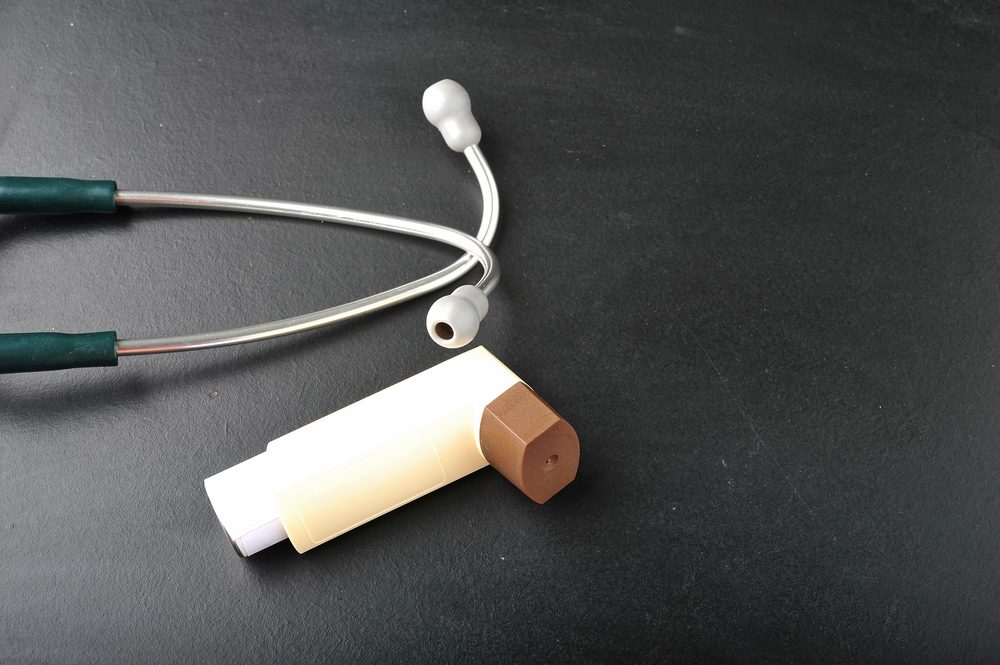Signant, Propeller Health to Connect Systems on Inhaler Use Data

Signant Health and Propeller Health are connecting their systems to help improve asthma and chronic obstructive pulmonary disease (COPD) patients’ adherence to inhaled medication and symptom control.
Signant said it will connect its TrialMax electronic clinical outcome assessment (eCOA) platform to Propeller’s digital health platform for asthma and chronic COPD.
eCOAs collect data electronically in clinical trials, and are increasingly considered more accurate than paper-based methods.
Propeller’s technology works by attaching a small sensor — a medication monitor — to a patient’s inhaler. The system sends information such as medication reminders and progress reports to patients’ smartphones and healthcare providers.
A study found that COPD patients using the system relied less on their inhalers, suggesting their conditions had improved.
The collaboration will allow real-time tracking of medication use and eDiary data (self-reported patient data such as symptoms, condition and other measures) within a single eCOA program, the companies said.
“This integration is important in understanding inhaler use and patterns in patients with respiratory illnesses,” Bill Byrom, vice president of product strategy and innovation at Signant, said in a press release.
Trial sponsors, clinical research organizations, and academic institutions can use the data to learn how patients are following their treatment plans and identify instances when symptoms are triggered, the companies said.
Sites and sponsors will be able to see and identify therapy use, as well as clinical outcomes, while study participants can be a part of a simple and burden-free trial, they said.
“The addition of the Propeller sensor within TrialMax’s ecosystem of connected wearables and sensors provides a frictionless way to collect medication usage data without requiring additional actions by the patient,” Byrom said.





